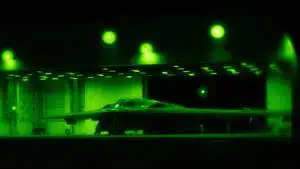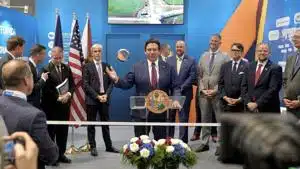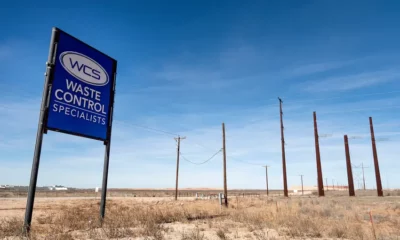(The Center Square) – Secretary of Defense Pete Hegseth and chairman of the Joint Chiefs of Staff Gen. Dan Caine touted the United States’ early success against Iranian nuclear sites in a news conference.
“President Trump directed the most complex and secretive military operation in history, and it was a resounding success, resulting in a ceasefire agreement and the end of the 12-day war,” Hegseth said.
Hegseth and Caine celebrated the strikes, but referred assessments of the damage to Iran’s nuclear site to the intelligence community, including the CIA.
“What the United States military did was historic,” Hegseth said.
Caine said the strike against Iran with 30,000-pound “bunker buster” bombs included 15 years of intelligence assessments on Fordow, Iran’s nuclear site, and many tests of the bomb. He said the United States developed the bombs with Iran’s nuclear facilities in mind.
“Operation Midnight Hammer was the culmination of those 15 years of incredible work, the air crews, the tanker crews, the weapons crews that built the weapons, the load crews that loaded it,” Caine said.
Caine said the military targeted two ventilation shafts in Iran’s Fordow nuclear site. He said Iranians tried to cover the ventilation shafts with concrete caps.
“The cap was forcibly removed by the first weapon, and the main shaft was uncovered,” Caine said.
Caine said the next five bombs were meant to go through the opened shaft and explode the main complex at 1,000 feet per second. Another six hit the other shaft.
“The weapons functioned as designed, meaning they exploded,” Caine said.
B-2 bombers dropped 12 “bunker buster” at Iran’s nuclear site. The bombs weigh as much as a semi-truck and can penetrate up to 200 feet underground.
The U.S. military spent about $400 million to design and produce 20 such bombs for the U.S. Air Force. The 30,000-pound bomb is called GBU-57, or Massive Ordnance Penetrator, or for short, simply MOP. MOP was designed to “attack hard and deeply-buried facilities.”
All 12 MOPs hit their targets, Caine said.
“Unlike a normal surface bomb, you won’t see an impact crater because they’re designed to deeply bury and then function,” he said. “All six weapons at each vent at Fordow went exactly where they were intended to go.”
Caine warned adversary nations that the United States is working on the same kinds of operations against targets in other countries.
“Our adversaries around the world should know that there are other [Defense Threat Reduction Agency members] out there studying targets for the same amount of time, and will continue to do so,” Caine said.
While Caine and Hegseth lauded the operation, they declined to offer specifics on the damage assessment, referring it to CIA reports.
“The Joint Force does not do [Battle Damage Assessments],” Caine said. “By design, we don’t grade our own homework, the intelligence community does.”
Hegseth and Caine declined to comment on reports that uranium was moved from Iran’s nuclear site before the United States attacked.
“There’s nothing that I’ve seen that suggests we didn’t hit exactly what we wanted to hit in those locations,” Hegseth said.
He said leaked intelligence that the operation only set Iran’s nuclear program back by two months was motivated by “political purposes.”
“Someone had an agenda to try to muddy the waters and make it look like this strike wasn’t successful,” Hegseth said.
Reporters asked about satellite imagery showing trucks moving material, possible enriched uranium out of Fordow before the attacks. Hegseth said he had no credible information to support that assessment.
President Donald Trump said the imagery showed work related to the recently constructed concrete caps Iranians put over the ventilation shafts.
“The cars and small trucks at the site were those of concrete workers trying to cover up the top of the shafts,” Trump wrote in a social media post. “Nothing was taken out of facility. Would take too long, too dangerous, and very heavy and hard to move!”


















































